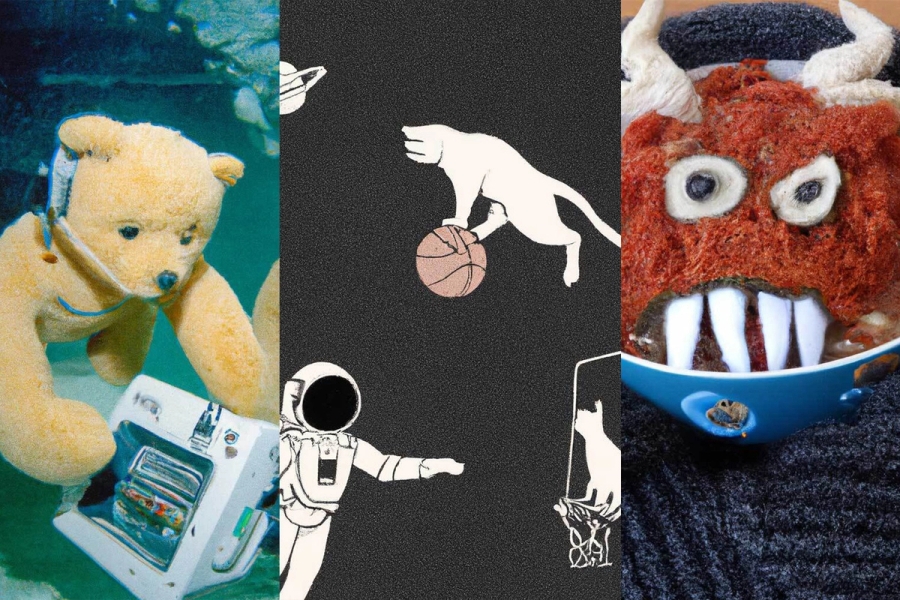In April, OpenAI—the AI company co-founded in part by Elon Musk, Y Combinator’s Sam Altman, and Stripe’s Greg Brockman—debuted DALL-E 2, a powerful machine learning system capable of generating high-resolution images from a user’s text prompt.
In June, a savvy developer created a miniature version of the model, giving any internet memer the power to generate images—which kicked off a flurry of viral creations, like Pikachu as a pug. In the same month, DALL-E 2 itself was used to create the first AI-generated magazine cover. But the full-fledged system was only available to a chosen few—i.e., a group of vetted individuals.
That all changed last Wednesday: OpenAI announced it would open up the DALL-E system to 1 million members of the public via a wait-list.
Users who get that one-of-a-million chance will receive 50 free image credits to start, and 15 credits each month after that. One credit buys three to four images, depending on the prompt, and it’s possible to purchase an additional 115-credit package for $15.
Another update: Starting this week, OpenAI is offering full commercial-usage rights for DALL-E-generated images (think: reprint, sell, or use for merch). According to the company, users’ plans include children’s book illustrations, newsletter art, film storyboards, and even video-game characters.
Zoom out: OpenAI said it’s still worried about safety and the system’s potential harms, from propagating bias to generating misinformation. To help address the risks, the company announced it put safeguards in place to reject image uploads of realistic faces, block violent or adult images, and encourage diverse outputs in response to prompts (like “CEO”).
Update: We've updated this piece to clarify which images were created by DALL-E 2, and which were created by the miniature version, Craiyon,.
Keep up with the innovative tech transforming business
Tech Brew keeps business leaders up-to-date on the latest innovations, automation advances, policy shifts, and more, so they can make informed decisions about tech.
